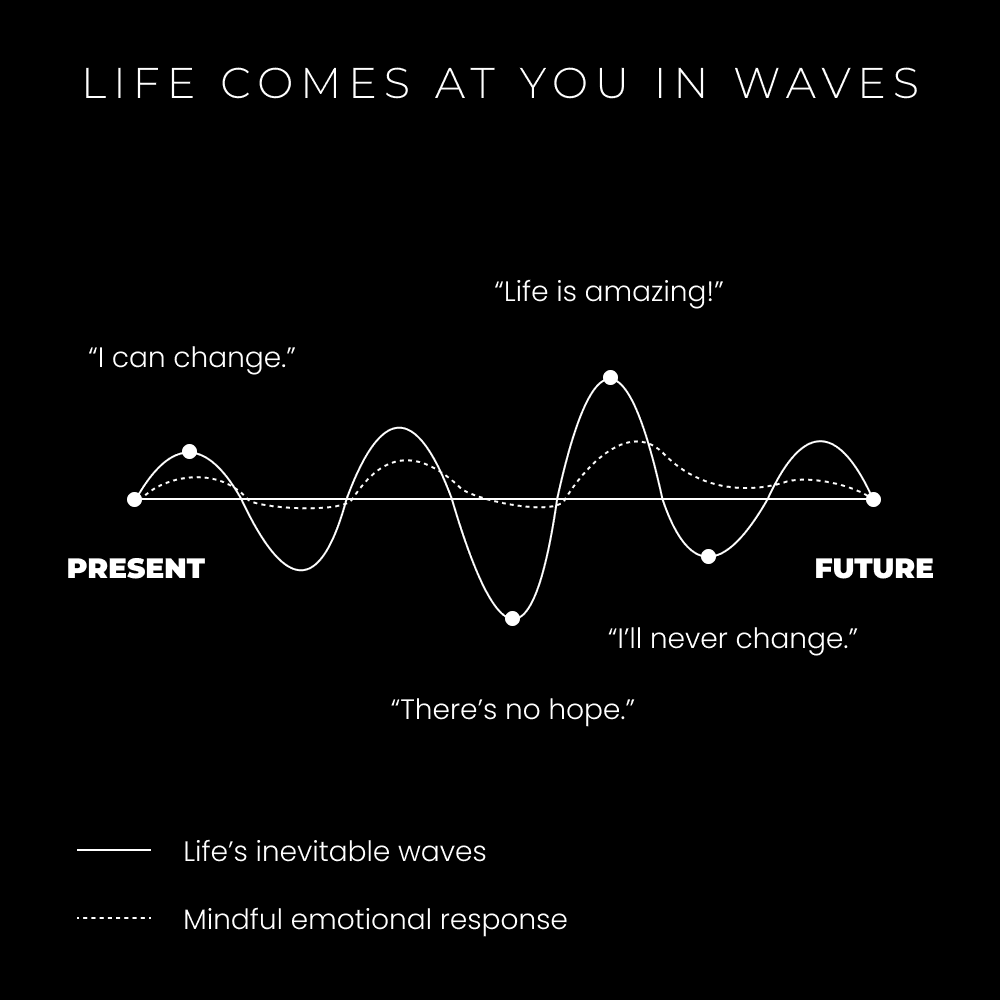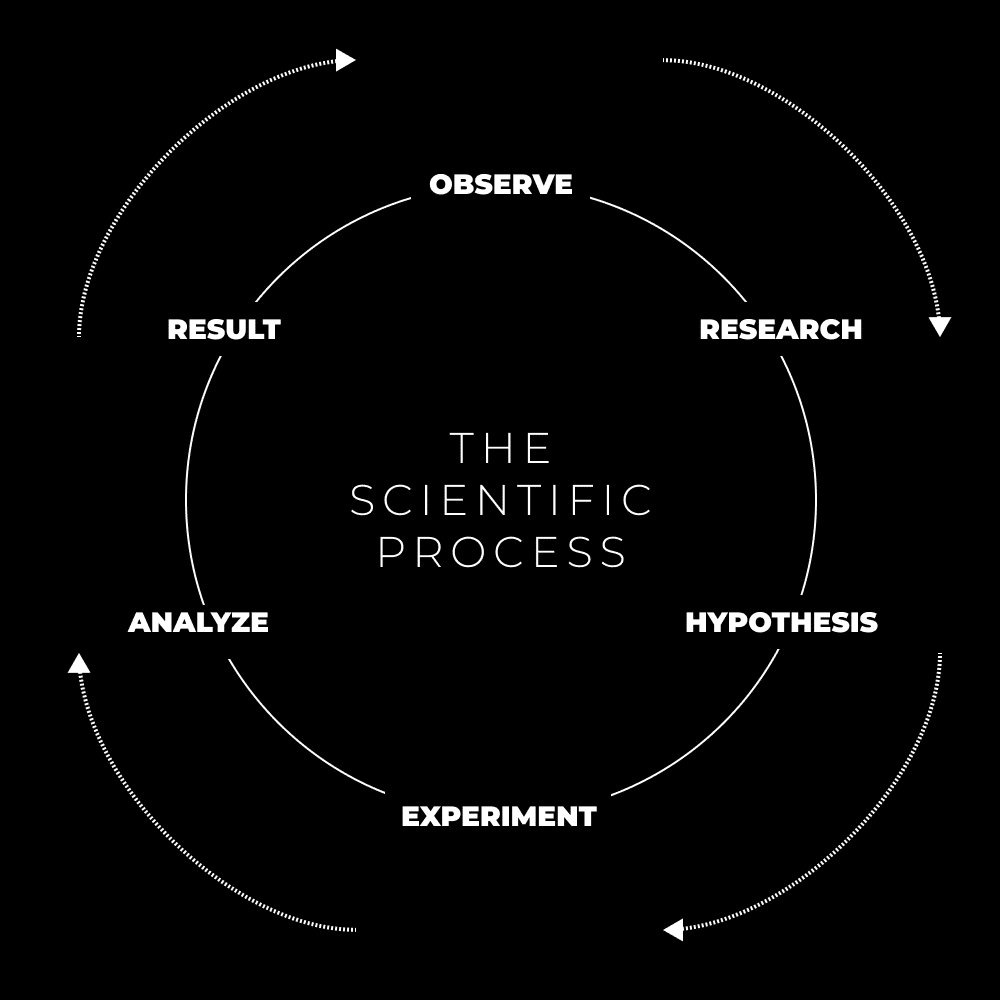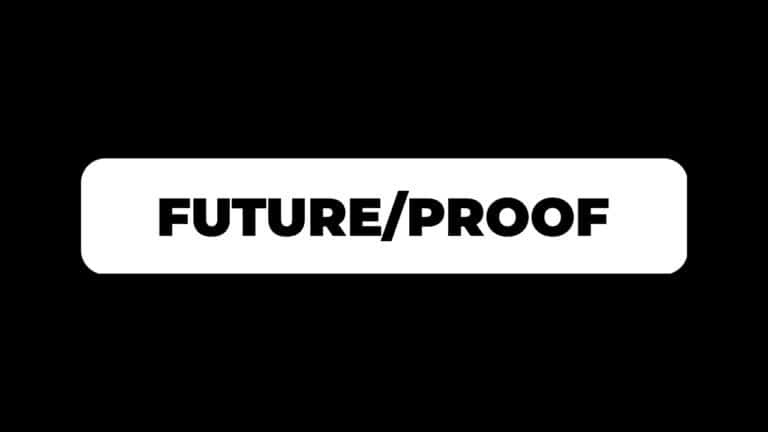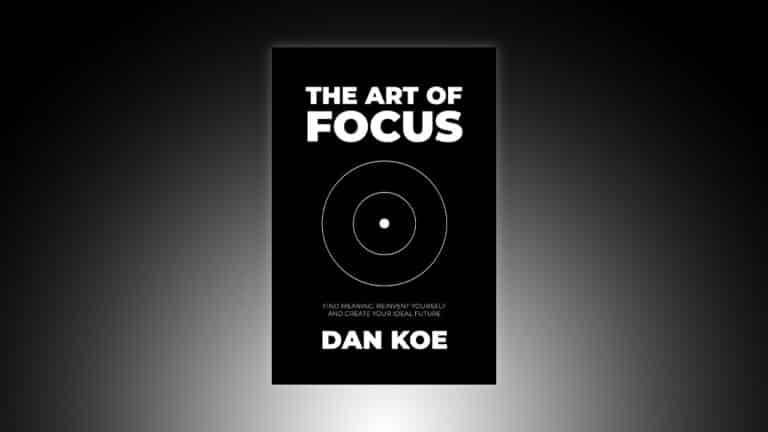I was a boy scout when I was a kid.
I would show up to my former church on Tuesday nights, put a 3 finger salute in the air, and recite the scout oath.
Our troop would discuss our weekly agenda, work towards merit badges that interested us, and plan our next camping trip.
Every year we had what was called a “High Adventure” trip.
These adventures were week-long camping trips. Sometimes we would go and build our own snow caves to sleep in. Others we would join other scout troops from across the state, work towards different merit badges (like the survival merit badge where I had to create a shelter out of tree bark and “survive” the night), and during the night we would sit around the campfire and play games.
One year we decided to go to Catalina Island. We had the lofty goal of kayaking around the island and camping on different beaches along the way.
When that day came, we drove to California, got on the fairy, and landed in Catalina after an hour of card games and virgin Piña Coladas.
Since we got there late we had to rush to our kayak rentals and “set sail” almost immediately. No downtime, a tad stressful.
We partnered up, strapped our oversized duffle bags to the back of the small boats, and banked on our previous canoeing (a canoe is a boat similar to a kayak) merit badge to have made us skilled enough to navigate the next 5 hours in the ocean.
Life Comes In Waves
The waters were smooth for about an hour. No problems. Peaceful.
That was until the ocean’s waves started getting a bit deeper. We thought it was temporary because we couldn’t see the storm that was coming over the other side of the island. We were too close to the cliffside to see anything aside from the clear skies to our right.
Long story short, we got caught in the middle of the storm halfway through our adventure.
The waves grew to a minimum of 10 feet in size.
Our group started to get split up — the strong and able in the front, the weak in the back.
My buddy and I flipped our kayak multiple times. Soaked. Cold. Nearly losing our paddles. Can’t hear a thing. Dense and heavy rain needling the parts of our body that were above water.
My duffel bag fell off at one point — soaking all of my food and clothes – making me dive in to grab it and attempt at tying it back on.
Not to mention… we were paddling against the strong winds. Making barely any progress towards our beach destination.
This was the one moment in my life where I truly thought my life was over.
The scout leaders’ orange paddles could only be seen when they were at the bottom of a wave when we were at the top. We lost them after about the first 30 minutes of the storm.
My kayak buddy and I went through phases of paddling as hard as we can and accepting our demise. Slouched in the storm. Defeated. Giving in to the waves and praying that they didn’t slam us into the cliffside that was ~100-200 feet away from us.
Time was a blur at this point. We eventually saw the shore, regained hope, and paddled as hard as we possibly fucking could to reach land.
Crashing on shore, we dragged our kayak onto the beach and collapsed. All of us slightly convulsing from the cold trying to expose as much of our bodies to the sun as we could.
Those that fell behind showed up with the island rescue team about an hour later. All of my food and clothes were still soaked (and ended up getting eaten by birds while we were sleeping).
Safe to say, we had to call the trip short and left the next day.
There is a lot we can learn from this story, it mimics life’s cycles of intensity quite well — but I want to paint a different picture.
High Highs And Low Lows

When we were on top of the waves, there was hope.
When we were deep in the trenches, hope was scarce.
When you feel on top of the world, nothing can stop you.
When you fall to the bottom of the ocean, anything can stop you.
You’re out in the cold, you start shivering, why? Because you’re resisting the cold, you are tightening your muscles against the cold and you get the staggers. Take it easy, go with the cold, relax.
— Alan Watts
In classical mechanics, a harmonic oscillator is a system that tries to maintain equilibrium (homeostasis).
The 80/20 of what you need to know is that when equilibrium is displaced, it bounces back in the same amount the opposite direction and eventually brings itself back to equilibrium.
Our mind is no different.
The high highs that we grow to look forward to in life are always followed by a low low. Always. If you don’t recognize it as a low low – congratulations, you have developed a certain level of mindfulness when interacting the battles that come while you are deep in the trenches.
Our mind is a network of complex systems that have been conditioned over time through positive and negative feedback. That’s how systems work, right?
If you receive negative feedback, you won’t do that again.
If you receive positive feedback, you will do that again.
If you consistently receive positive feedback for doing one specific thing, it becomes engrained in your psyche. The action, belief, or thought pattern become habitual. They happen on autopilot.
Like training a dog. They don’t understand words, but they can associate tones and patterns with certain meanings — positive and negative. If a dog has sub-optimal behavior, you use a certain tone or strategy to give the dog negative feedback. Do this enough times and they will eventually change their behavior, which you can reinforce (condition) with positive feedback.
This malleable nature of our mind can be very dangerous (when unconscious) or very beneficial (when conscious).
This shows that we have the power to recondition, reprogram, or rewire our brain — but our harmonic oscillator of a mind won’t let us off that easy.
Shameless Mid Koe Letter Plug: Readers can join Modern Mastery for $5 — join 1000+ members and access 170+ life and business strategies, roadmaps, live trainings, & personalized help.
Layers Of Identity
If you want to change your life, you must change your identity.
A healthy person does not see eating healthy as a chore. They ARE a person that eats healthy. There is no other option. It is enjoyable to them.
A businessman does not see focused work as a burden every morning. They ARE a person who gets work done every morning.
Changing your beliefs, identity, and life is not as simple as it sounds.
I want you to think of your mind as a city. Seattle Washington in specific.
In 1889, a glue pot tipped over resulting in a fire that destroyed a large portion of the city. Why?
Aside from the person that thought it would be wise to throw water on the flaming glue (making it spread fast) the city was built on a terrible foundation. Wooden buildings. Wooden sewage system. Poor construction — the lot of it.
The human psyche is wired for survival. When your beliefs, identity, or life is threatened — the brain signals the body, your focus starts to narrow, and you give a bit too much attention to the thoughts flooding your mind. Equilibrium is displaced and your mind starts reacting accordingly to bring you back to homeostasis.
The problem is that we live in a completely different world than our ancestors. We are rarely threatened on a physical level. Most of us have shelter, access to food, and the ability to make a living.
Humans are the only beings that equate the death of a belief to physical death.
This survival mechanism can be dangerous and damaging. If you attempt to change your identity by making one small change, you displace equilibrium (or tip over a pot of glue) and potentially set fire to a portion of the city that has been built in your mind over years of construction (conditioning).
When you try reconstruct a piece of your city, it may threaten the entire foundation. When you are at the bottom of the wave, you can’t see anything. You may lose hope for reaching the shore. You may tip over your kayak a few times.
When you are deep in the trenches of life, you may not interpret it as a good thing. You may take it as negative feedback — conditioning a faulty systematic thought pattern — and avoid anything that threatens the identity that isn’t conducive to a high quality of life.
That’s the challenge with all of this. New Rome is built on top of Ancient Rome (and no, it wasn’t built in a day!). New Seattle is built on top of Old Seattle.
All of the buildings, foundations, streets, and other networks are all interconnected. Layers upon layers that rely on each other for proper function. An array of systems that work in unison to perform what it was meant to perform. Removing a specific part may cause temporary damage to how the systems function.
Similar to your identity — we make sense of ourselves through the layers of stories, beliefs, and engrained thought patterns that construct how optimally our mind operates.
Would I cease to exist if I reconstructed my story? If I revealed and recreated the traumas of my past? What if I questioned my hardset religious beliefs? Would I still be “me” if my entire life didn’t revolve around the church? What would my life look like if I didn’t do the same thing day after day?
It would be difficult to make sense of — that’s for sure.
How To Reinvent Yourself
There are 2 routes to reinventing yourself:
1) Hit rock bottom.
By feeling into the lowest of lows in your life, you start to become fed up with your life situation.
You become hyper aware of what is holding you back. You dig deep into the layers of your identity and find just the right piece to remove in order to launch in the opposite direction.
This comes with a lot of pain and suffering — and is often uncontrollable. Burning down your metaphorical city may cause some deeper issues leading to another rock bottom years later in life.
Everybody I have met that hit rock bottom was from an unfortunate hand they were dealt with by life itself.
There is a better option. One that is completely within your control.
2) Stack small wins.
Everybody has heard of James Clear’s “One Percent Better Everyday” mantra.
It holds a lot of power.
When you reconstruct your city piece by piece, you build what would be New Seattle (without having to burn down half the city).
Where do you begin?
By getting crystal clear on your vision and anti-vision.
If you don’t know what you want, understand what you don’t want and work in the opposite direction.
— DAN KOE (@thedankoe) June 15, 2022
Thanks to our brains negativity bias, it is easy to observe what you don’t want and start working in the opposite direction.
When you outline a vision for your future, it will shine the light of awareness on your blindspots.
If you are lost, the answer is education.
— DAN KOE (@thedankoe) March 29, 2022
If you are educated, the answer is action.
If you are acting, the answer is consistency.
As you reverse engineer your vision into 10-year, 1-year, and monthly goals — you start to gain clarity on what you need to do in order to actualize that vision.
Now, we can break things down into priority tasks.
From there — and by far the most important step — is reducing the friction of taking action.
What is the smallest mental, physical, emotional, or financial step you can take?
Is it putting on your gym shoes and walking out the door?
Is it moving one leg and getting off of the couch?
Is it investing $25 into a course to show you are serious about improving your skill set?
Is it reading the first word of a book or writing the first word of your own book?
Actively Construct Your Life
This is not an easy process. You are still in a metaphorical kayak in the middle of a storm. Life is chaotic. Ordering consciousness through vision and goal setting is how we gain a sense of certainty and control over our life.
Since we are in an age similar to 5th century BC — there is information and an abundance of ideas circulating our world. People are losing trust in externally assigned hierarchies of goals whether it be from corporate culture, organized religions, or formal education.
Because of this, you must play an active role in constructing your life. This requires personal responsibility, massive self-belief, and the realization that nobody is coming to save you.
It is in your hands to collect and organize the abundant information in the world and organize it in a way that will result in a fulfilling income source, radiating health, an ordered mind, and a connected spirit.
Hard pill to swallow:
— DAN KOE (@thedankoe) April 12, 2021
Most of your limitations are self imposed. If you want something, there’s always a way – your mind just won’t let you see it.
If you believe you are in the middle of a storm, you will be.
If you believe you are having fun on a roller coaster of waves, you will have fun.
How do you actively construct your life?
Through consciousness, creativity, and intention.
The easiest way to do this is by treating every facet of your life as a project.

Here is all you need to start changing your life:
- Purchase a blank notebook
- In big letters write “My Scientific Journal”
- Treat your mind, body, spirit, and business as a lifelong project
- Note observations, test small changes, analyze the results, and double down on what works
Stay conscious and aware through silent observation (that can apply to your mental, physical, financial, and spiritual projects).
Self-educate to expand awareness and uncover new paths.
Hypothesize and experiment with solutions that will solve your problems.
Analyze the result and get feedback that will begin to rewire the network of systems in your mind.
Document a replicable process that can help other people and bring you more feedback.
Rinse and repeat.
It took 18+ years to condition you to the point you are now.
Don’t expect much progress overnight.
That, my friends, is how you reinvent yourself.
— Dan Koe
What Happened This Week
A new YouTube video went out about my story. How I failed at most online business models and turned it into a half-mil a year one-person business.
We are prepping for the live training next week with Dakota Robertson inside Modern Mastery. We will be going over how to get into Twitter Ghostwriting, landing your first client, and the skills you need to learn.
Koe Letter readers can join for $5 here.
For those that are wondering why there haven’t been podcast episodes recently — I’ve had to prioritize my attention due to the launch of Digital Economics. The podcast has always been the first thing to go when I need to refocus. I will either get back on the same schedule soon or start doing bite size big ideas of the week (5-10 minute episodes).
If you have suggestions on a podcast style you’d like to see, let me know by replying to this email!



